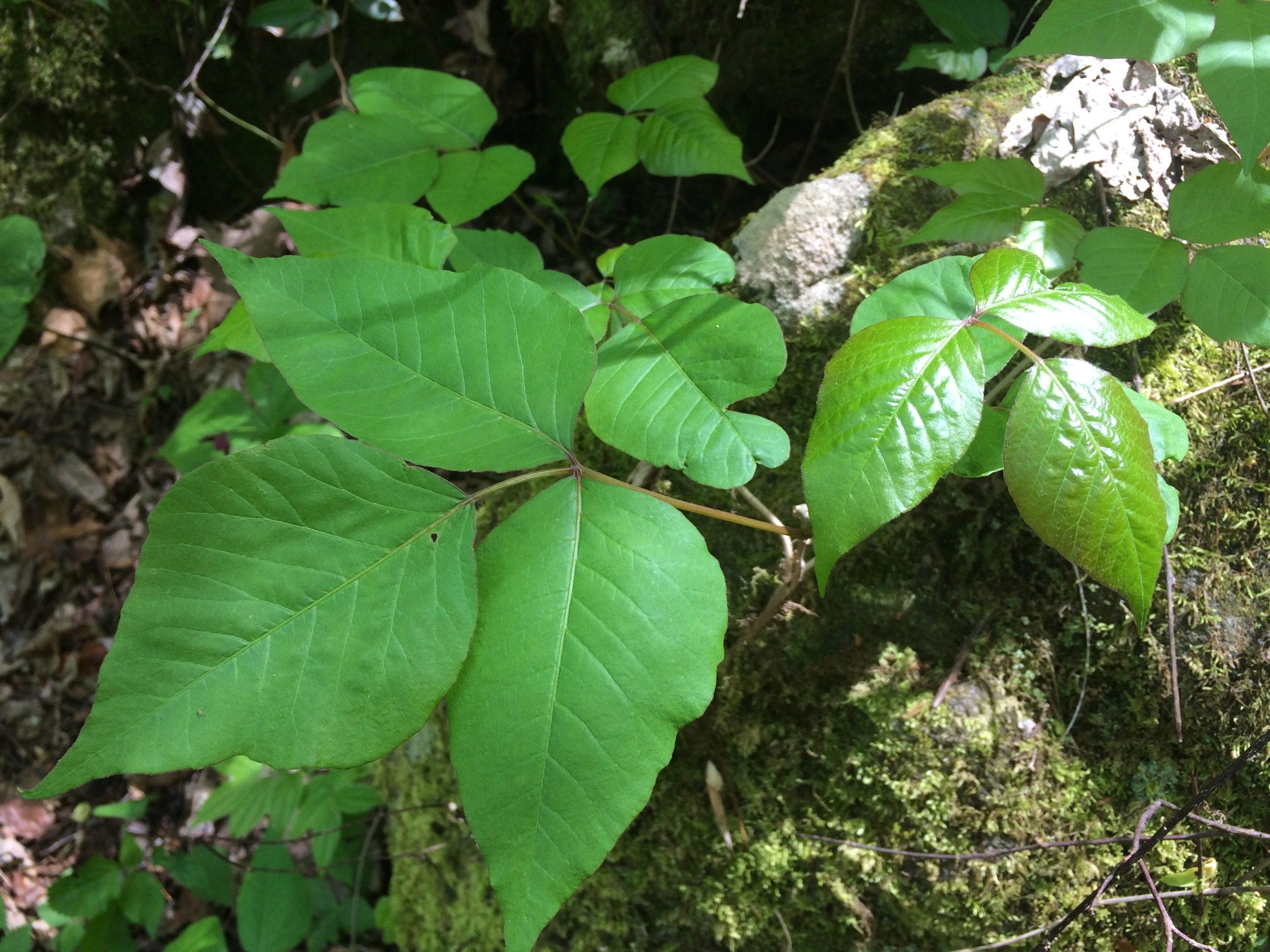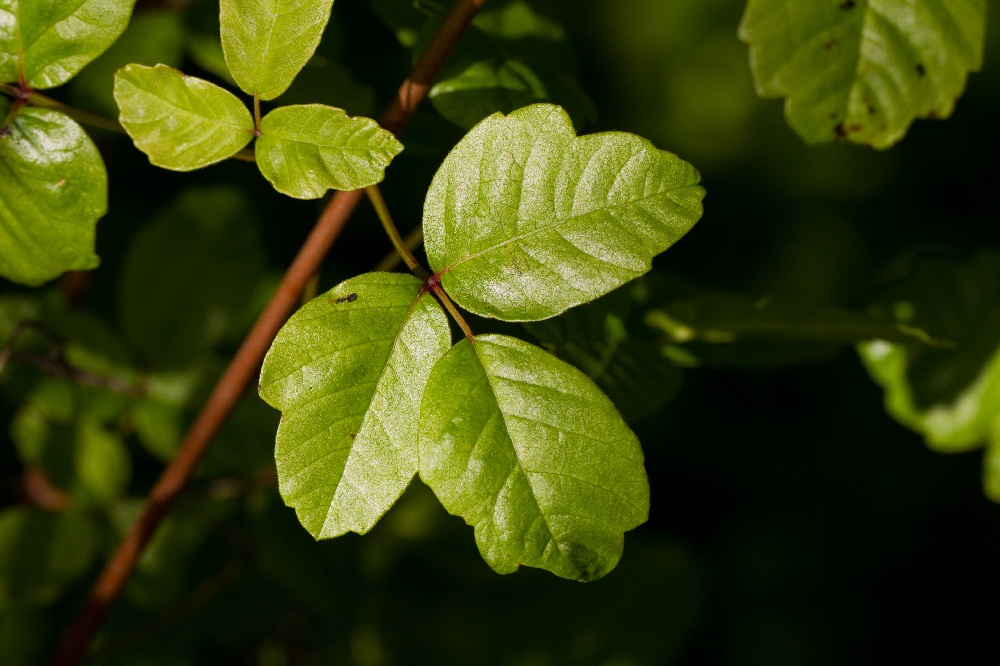If you are someone who loves camping in the wilderness or spending time in the great outdoors, you know that some plants are poisonous and coming into contact with them can present a health hazard. Some plants are so toxic they can cause vomiting and even serious illness. Plants like poison ivy can cause a severe rash that lasts up to three weeks. You’ve probably heard the saying, “leaves of three, let them be.” This, of course, refers to leaving poison ivy alone if you ever come across it.
Here are three more things you need to know about poison ivy including where it can be found, what type of reaction it causes, and effective natural home remedies.
- Poison ivy can be found throughout North America
In the United States poison ivy grows in every state except California, Alaska, and Hawaii. Poison ivy grows as a three-leafed vine, but it can also grow as a low shrub that contains greenish flowers and white berries, and also as a climbing vine. If you live anywhere that poison ivy grows, you should make it a practice to stay away from any three-leafed plants that contain flowers and berries.

- Most people will have some sort of reaction when they touch poison ivy
If you think you are going to somehow be immune to having a reaction when you accidentally touch poison ivy, you may want to think again. According to the American Skin Association, 85{ac15f71130453b01de68f6caab5e777d0a5c121b68e3ce09334b989286c5d23b} of the population who come into contact with the poisonous plant will have an allergic reaction. In fact, this is the most common allergic reaction in the country.
An oil in the plant called urushiol is the cause of such reactions. The most common reactions are a skin rash and blisters that can last anywhere from one to three weeks.
- Poison ivy can be treated with natural home remedies
Contrary to popular belief, you don’t have to buy over-the-counter creams and lotions in order to effectively treat poison ivy. There are actually many natural home remedies that work just as well, or even better. Some of the most common ones include:
- Cucumber – slice it up or mash it into a paste
- Banana peel – rub the inside of it on the affected areas
- Apple cider vinegar – draws out the toxins
- Oatmeal – this classic home remedy can cool the itch
- Aloe Vera – another plant that soothes the skin
Now that you know these three things about poison ivy, you will know better how to avoid it, but also what to expect if you do accidentally touch it, and how you can treat it.
Source
https://familydoctor.org/condition/poison-ivy/
https://www.teclabsinc.com/tips-info/guides-how-tos/where-do-i-find-poison-ivy-oak-and-sumac-plants
http://www.americanskin.org/resource/poisonivy.php





